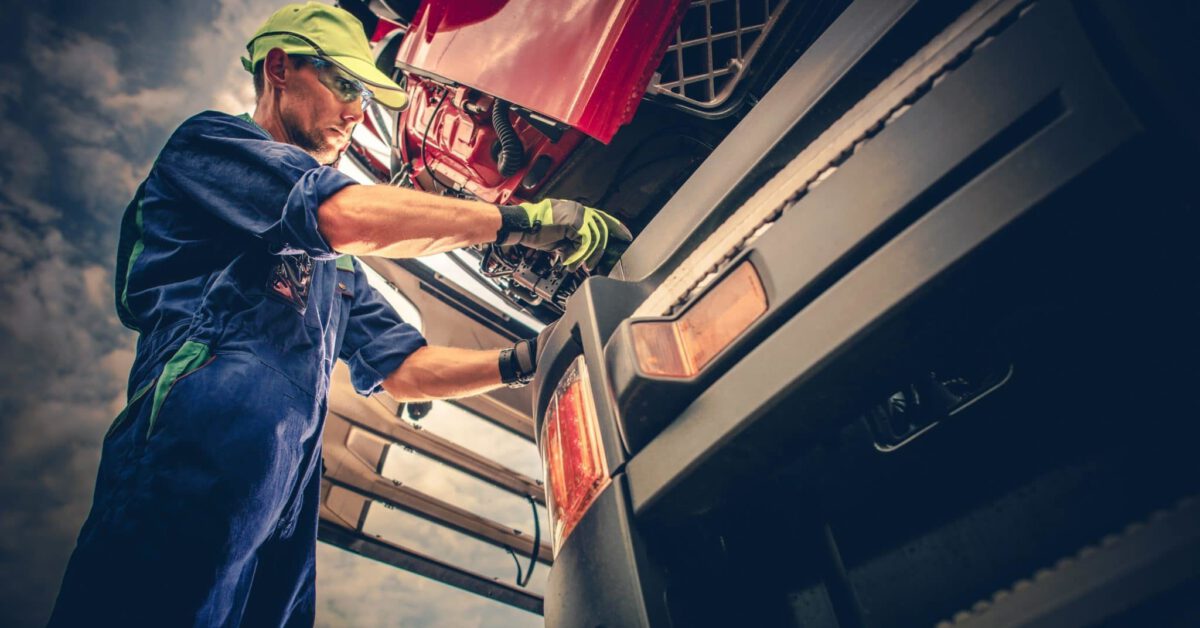
Originally featured as an article on David Reiling’s LinkedIn profile.
As CCO at Syncron, my team’s focus in 2019 has been on enabling, supporting, sustaining, growing and – most importantly – delivering value to our customers. Throughout the year, I’ve been fortunate enough to spend time with customers around the globe and, each time, I’m amazed at the expertise and passion I encounter, especially as the world becomes more service-centered.
2020 will kick off a watershed decade for manufacturing. An optimized foundation within the after-sales service organization is a prerequisite to the inevitable future of delivering products as services, where on-demand, subscription-based business models become the norm.
Manufacturing Trends and Innovations that Took Off in 2019
Customer attitudes and preferences are changing at a faster rate than ever, placing manufacturers in a pivotal moment in time. 2019 saw the rise of Products-as-a-Service (PaaS) in many industries, like Schneider Electric’s EcoStruxure Building Advisor and Porsche Passport. The modern customer is less concerned with ownership of a product, and more interested in buying access to those products via subscription.
This trend is placing greater emphasis on the ability of manufacturers to maximize the uptime of their products. To achieve this, they’re having to move away from the traditional break-fix models of service towards using sensor-based technology that enables them to pre-emptively prevent issues and equipment failures before they ever occur. We carried out some research last year which indicated that 98% of customers want to see maximized product uptime prioritized in their manufacturers’ service agreements, but only 33% currently do so. Customers are calling for uptime and manufacturers are aware of this – and companies that support this change are the glue that will bring them together.
After-sales service has traditionally been an under-exploited revenue stream. More than anywhere else in the customer journey, it’s where manufacturers can convert one-time buyers into loyal, long-term customers. Ultimately, manufacturers’ ability to adjust to these cultural and technological changes will play a big part in shaping the future of the subscription economy and the manufacturing industry as a whole.
A Look at the Year (and Decade) Ahead
Optimizing traditional service operations in parallel with deploying new business models will undoubtedly complicate manufacturers’ journey to the future. The repair and maintenance of products delivered via manufacturers’ traditional after-sales service operations must be continuously optimized to not only deliver increased value to customers, but also prepare for the inevitable shift from almost exclusively selling new products to instead selling products as services.
The „as-a-service“ business model is an inevitable future, and manufacturers must optimize their businesses now. 2020 will be a tipping point for many manufacturers, where we can expect the following trends:
- By 2030, the majority of manufacturers’ business will be centered on delivering products as services.
- Manufacturers must transform to a subscription-based uptime business model to align with consumer preferences… or become irrelevant like taxis, Kodak and Blockbuster.
- The fear of change and FOMO (Fear of Missing Out) will be manufacturers’ biggest barriers to success.
- Technology will be the key accelerator of delivering products as services.
- Governments and customers will push for manufacturing to be more environmentally sustainable.
Ultimately, flexible, scalable technology will be a key accelerator and enabler to delivering products-as-a-service, and technologies that integrate advancements like machine learning and artificial intelligence into the use of real-time sensor data will allow manufacturers to stay on top of the status of their equipment. That advantage will ultimately, through better predictive and prescriptive maintenance, maximize product uptime more efficiently than ever before, delighting customers around the world.